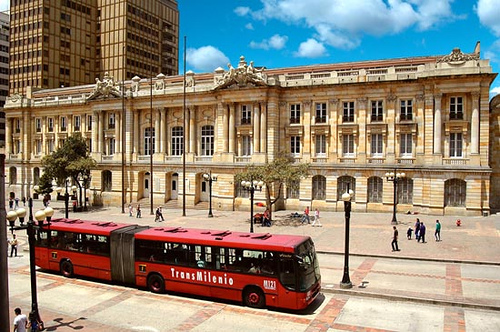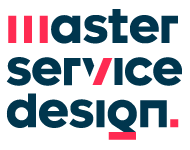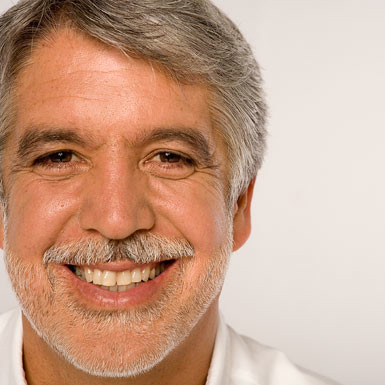While recently watching a TED Conference held in New York City by former mayor of Bogotá, Enrique Peñalosa, and his approach to public transport as a symbol of democracy or what he called democracy in action, I found interesting the way services could dignify a person’s life by granting them equality and equity.
Before the law and every country’s constitution all people are equal, but with today market economy it seems normal to see a society with a huge gap in terms of income between citizens and therefore, a vast amount of inequity among them. In fact, public transport is a matter of democracy and as Enrique Peñalosa stated: A bus with 100 passengers should have the right to 100% more road space than a car with only one passenger. Inequity can be particularly visible to all of us whenever we see a bus stuck in traffic, but this type of inequity has become normal to all of us.
Mobility and public spaces are a huge challenge for developing cities and, as they grow, they consequently become unsustainable. It also creates a conflict of interests because governments have to invest more money on highways to supply the lack of space, than the money spent on education, schools, sport facilities and health for its citizens. The former mayor also addressed that an advanced city is not a city where the poor have cars but one where the rich use public transport, evidently making public transport an issue of dignity, not of income.
How could service design improve public transport and public space from a perspective of democracy and benefit itself all the way around?
First of all, it’s a matter of understanding that cities should be built around pedestrian and not cars. Additionally by believing that certainly those who walk or use public transport are more empowered than those with cars.
Public services and public spaces should grant every citizen an opportunity to engage into a more fulfilling equality and quality of life. During the time Enrique Peñalosa was the mayor of Bogotá, he developed a plan called Equity of Quality of Life where pedestrians and bikers were his priority.
In just 3 years, he managed to build more than 350 kilometers of bike roads, giving citizens the chance to move around the city but also making them understand that they were all equal before the law. All this had a huge impact on people’s behavior, making them realize that one person on a USD 30 bike has the same rights of a person on a USD 40,000 car and therefore the same right for space, subsequently changing the way people lived and interacted with the city. As for pedestrians, he succeeded in removing cars from walkways and increasing the space for people to walk.
Following his principles in matters of space and equity, he accomplished what others had not: making Bogotá a city with a public transport that represented what he had called democracy at work. He created a system named Transmilenio, which had its own exclusive rails; different strategically positioned stations and a complete fleet of secondary buses, which fed the main system. Without Transmilenio, the change in people’s mind would have been impossible because they wouldn’t have noticed that services, especially those public, were meant not to only bring comfort but to bring dignity into their lives.

So to conclude: how could service design benefit from this way of thinking?
Well, it’s a matter of understanding that through service design it’s possible to address and engage certain problems of society, whether public or private. But the most important thing to understand is how we, as service designers, could dignify someone’s life, by bringing slight changes in someone’s daily life, which in the end is more important than making profit out of it.
So, I would like to invite everyone of us next time that we’re designing a new service, to wonder about how much are we improving someone’s life and particularly, how much dignity are we giving them through it.
For more info check the video of former mayor Enrique Peñalosa, here.

